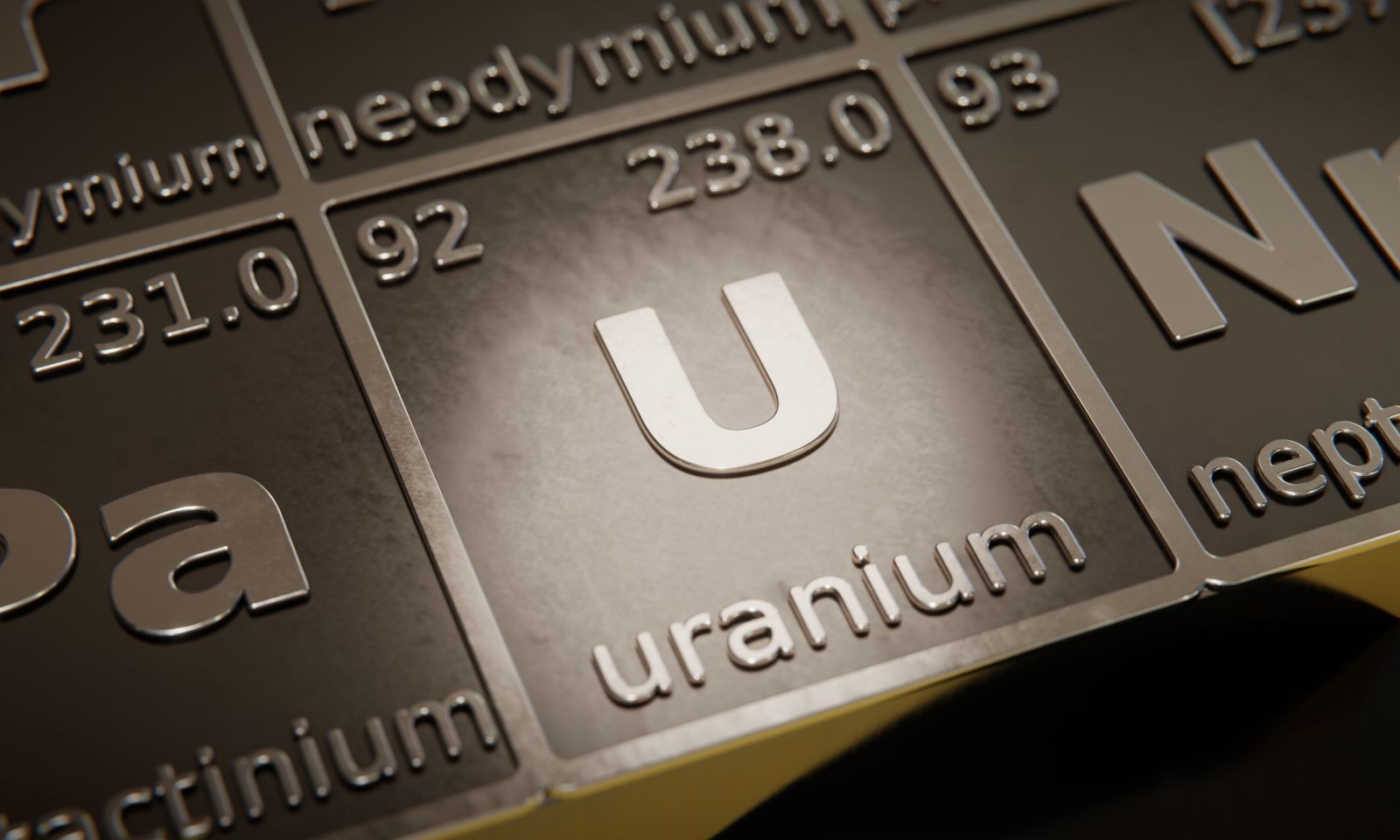
Back in 2011, after the Fukushima nuclear disaster in Japan, it seemed that the uranium industry was dead as many governments pulled the plug on nuclear power in their countries. But now, that dynamic has completely turned on its head.
Wars in Ukraine and the Mideast have reignited interest in nuclear power by governments. At the UN’s recent COP28 climate conference in Dubai, 22 world leaders declared a commitment to triple nuclear capacity globally by 2050, compared with 2020 levels.
And last week, the U.S. government said it’s soliciting bids to boost domestic production of nuclear fuel in an effort to bolster national energy security.
The Energy Department is requesting proposals from U.S. companies to produce a type of fuel known as high-assay low-enriched uranium, or HALEU. It plans to invest as much as $500 million in projects to convert HALEU into chemical precursors for nuclear fuels.
Nuclear reactors need uranium (UXG24), in the form of uranium dioxide (UO2), to power them. Uranium dioxide, which is formed into fuel pellets, is placed inside thin metal tubes, known as fuel rods. These are assembled in bundles to become the fuel elements or assemblies for the core of the reactor. In a typical large power reactor, there might be 51,000 fuel rods with over 18 million pellets.
Uranium Shortage = Higher Prices
The real change in the uranium market, though, has come from the supply side. After more than a decade-long oversupply, uranium has gone into a supply deficit, which seems to grow daily.
It looks like the already sizzling rally in the price of uranium has more room to run. This comes after Kazatomprom, the world’s largest producer, warned of likely supply shortfalls over the next two years.
The Kazakh mining company - responsible for more than a fifth of global output - warned on Friday that its production this year would be lower than expected. The reason is a shortage of sulphuric acid, which is essential to extract uranium from ore.
It added that its production plans for next year could also take a hit. “If limited access to sulphuric acid continues throughout this year, and should the company not succeed in catching up with the construction works schedule at the newly developed deposits in 2024, Kazatomprom’s 2025 production plan may also be affected,” said the company's statement.
Keep in mind that Kazakhstan is the global powerhouse for uranium production, generating 43% of supply, mainly through Kazatomprom — which is majority owned by the state sovereign wealth fund — and its joint venture partners.
The production challenges for Kazatomprom could give further momentum to a market that has already seen prices of uranium more than triple since the start of 2021 to a 16-year high. In fact, we are starting to see trades made at a price of $100 a pound, according to UxC, the world’s leading pricing data provider for the nuclear industry.
The uranium market has already had to absorb two other developments that adversely affect supply. Last year’s coup in Niger disrupted shipments to Europe, and the second-biggest producer of uranium - Cameco (CCJ) - lowered its production targets due to challenges at its operations in Canada.
Much higher prices for uranium are possible for three reasons.
First, uranium makes up a small proportion of the overall cost for nuclear power, given how expensive reactors are to build. That translates to utilities having little concern as to what the price of nuclear fuel is. Their main concern is the availability of nuclear fuel.
Second, uranium prices are being fueled by the investment community. Funds are buying and stockpiling physical uranium in the form of so-called yellowcake, or uranium trioxide (U3O8).
The largest of these funds is the Sprott Physical Uranium Trust (SRUUF). As of Jan. 12, it held 63,261,826 pounds of U3O8 worth $6,535,737,355. The Trust is selling at a discount of a bit over 6%.
Finally, there are producers like Cameco, which are buying uranium supply to meet their contractual obligations.
So, there is a tug-of-war among these three parties for uranium against a backdrop of limited supplies.
Investing in the Uranium Bull Market
This is very good news for investors in the uranium industry.
I believe the easiest way to invest in uranium and gain broad exposure is through the Sprott Uranium Miners ETF (URNM), which has a portfolio of 37 stocks.
The largest positions in the fund are Kazatomprom (NATKY) at 14.87%, as well as Cameco at 14.39% and Sprott Physical Uranium Trust at 14.25%.
URNM is trading very near a 52-week high, and is up nearly 63% over the past year - but there is much more to come. It is a buy at any price under $60.








